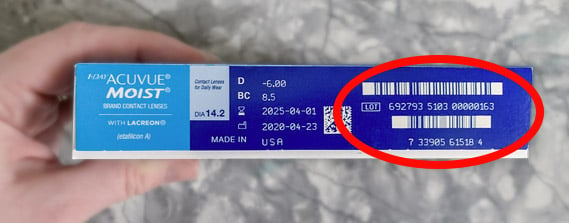How to Tell if Your Contacts are Inside Out
Since soft contact lenses are thin and flexible, it can be difficult to determine if they are inside out before placing them in your eyes. There are a few ways to find out if your contact lens is inside out.

How to Know if Your Contact Lens is Inside Out
The Side View
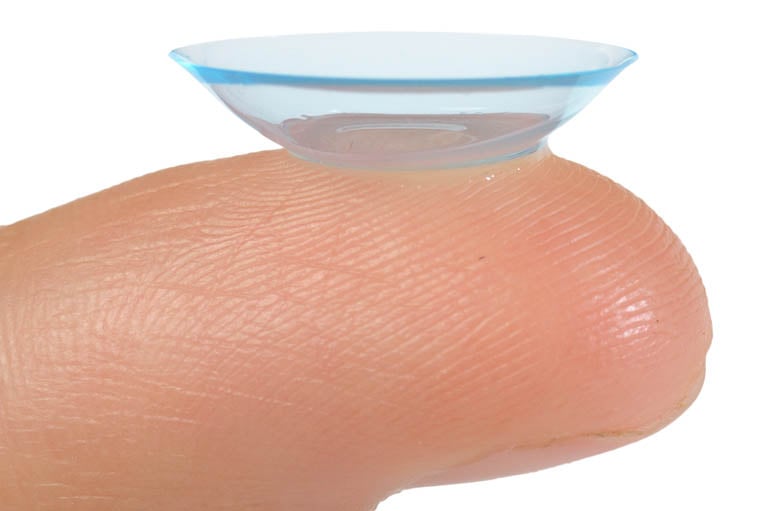
With the lens placed on your fingertip and the edges pointing upward, look at the shape of the lens from the side. If the edges curve outward, then the contact is inside out. If the contact forms a perfect bowl shape with the edges pointing straight up, it is in the correct position.
The Taco Test
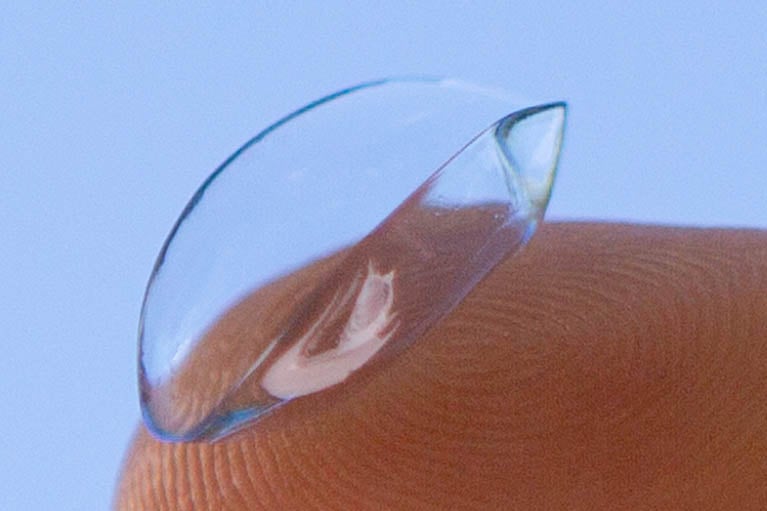
Grasp the lens between two fingers towards the center so the edges are not touching your fingers. Gently bend the lens as if you are folding it in half. If it bends in a “U” shape similar to a hard shell taco, then it is right-side out. If the lens is resistant to folding and bends outward, then it is inside out.
Check for Tinted Edges
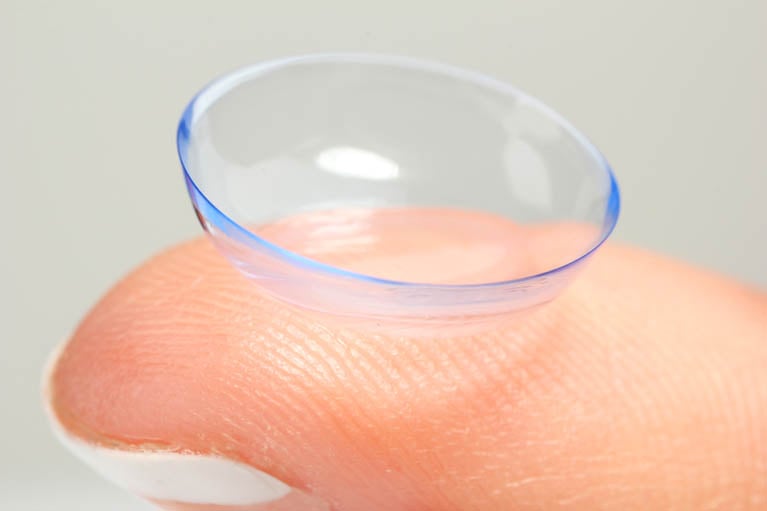
Some contact lenses have a handling tint that makes it easier to see. If the lens is right-side-out, the edge of the lens will appear darker than if it is inside out. Place the lens on a fingertip with the edges pointing upward and look down at its edge to check.
Identify the 1-2-3 Markings
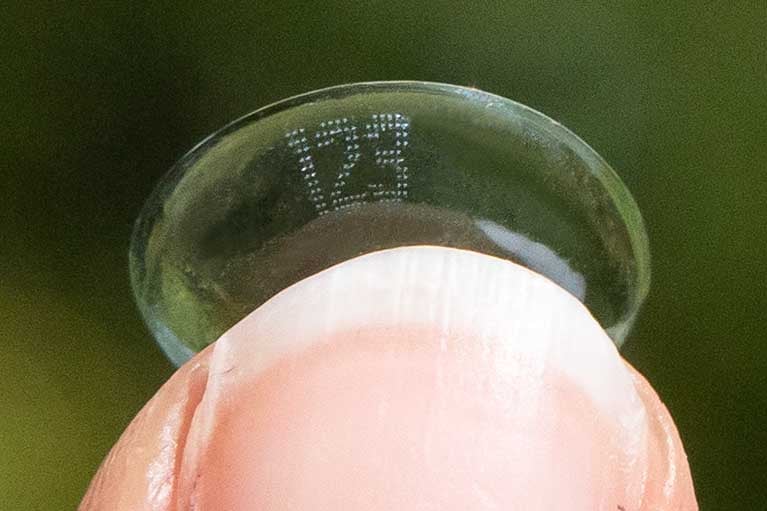
Certain contacts have laser markings that make it easier to identify if the contact lens is inside out. Place the lens on your fingertip with the edges facing upward and hold it up to a bright light. Look for a 123 marking around the surface of the lens. Be sure to check the entirety of the lens since each manufacturer may place it in a different spot. If the 123 appears normal, then it is oriented correctly. If it is backward, then the contact lens is inside out.
Putting an inside out contact lens in your eye won’t cause any harm. You will most likely be able to tell from the discomfort that the contact is inside out. Remove the lens, rinse it with solution, and turn it right-side-out before putting the contact back in your eye.

